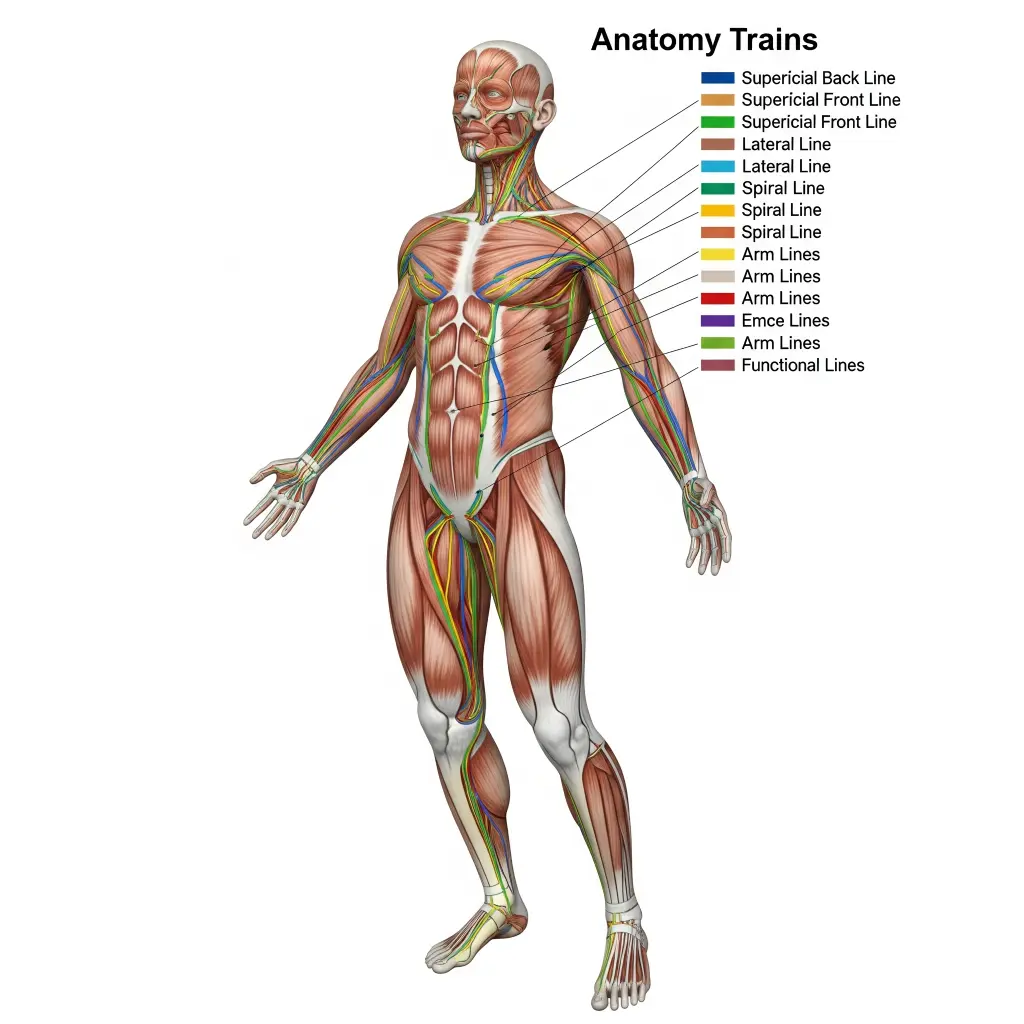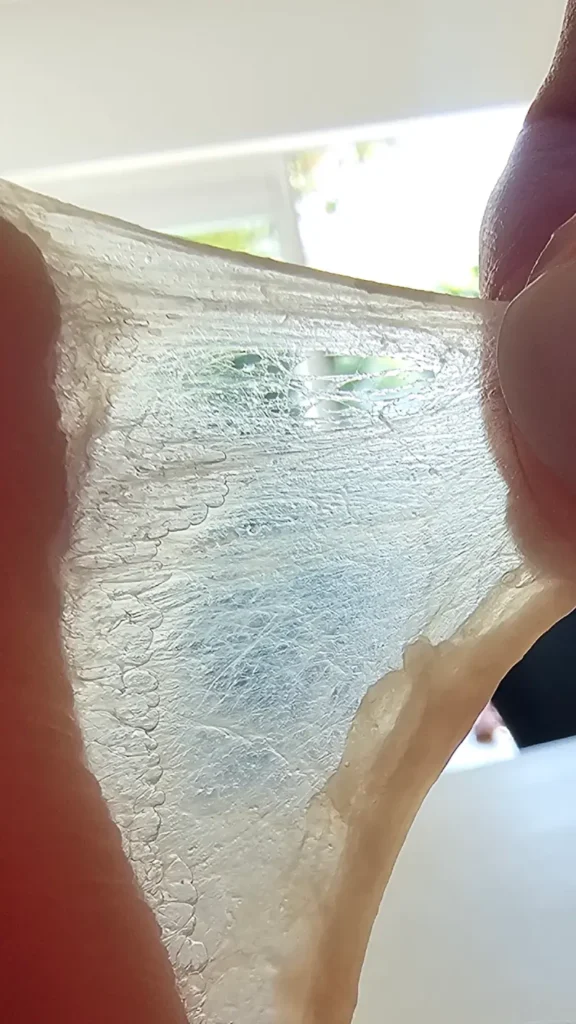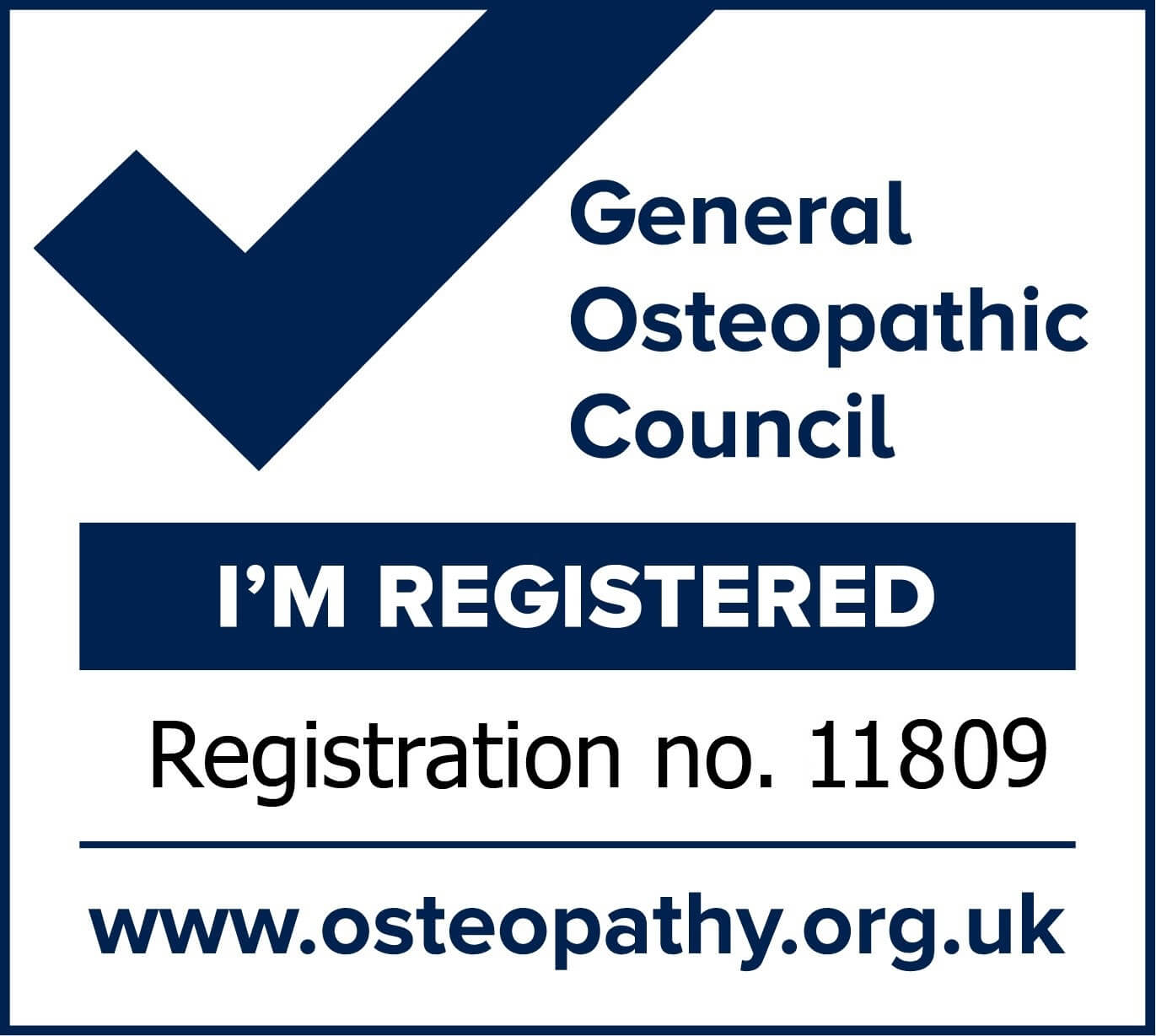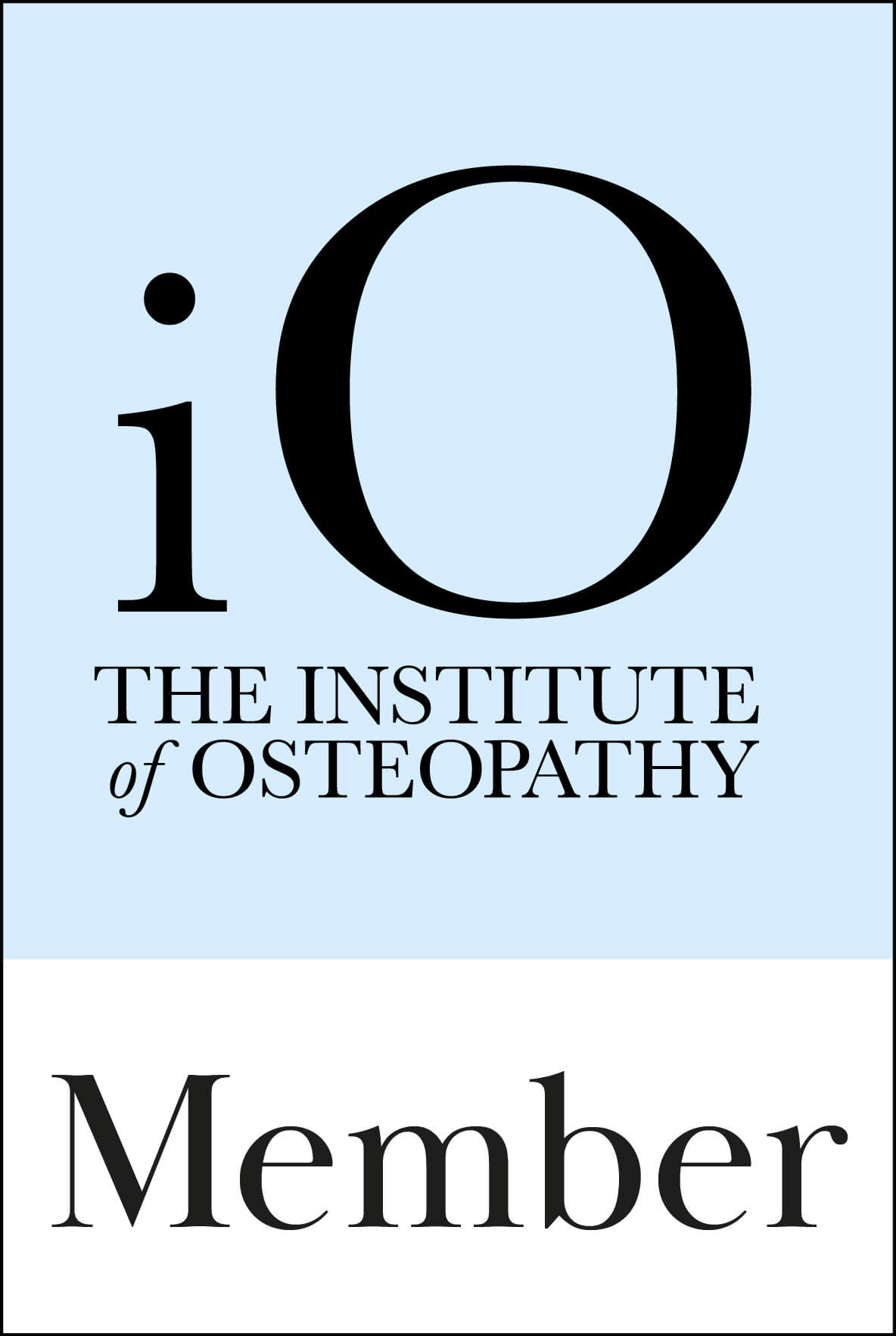What is Fascia? The Unsung Hero of the Human Body
When we think about the body’s support systems, bones come to mind first, right?
I used to feel the same, especially when I recall the skeleton in our biology class. Standing tall. However, these bones would fall without the tension created by fascia inside our bodies.
What is Fascia?
Fascia has come a long way in how people understand it. The term “fascia” in English texts dates back to the 17th century when Helkiah Crooke described it as “the organ of the sense of touching.” For a long time, it received little attention in therapy or medicine until the founder of Osteopathy, Andrew Taylor Still, recognised its true importance, not just physically but also spiritually. Still stated about fascia, “Fascia should be given the same emphasis as any other tissue in the body,” and “Fascia is the dwelling place of your spiritual well-being.”
Things truly began to change in the 1980s when two major concepts emerged. One was the biomechanical model, which examined how muscles and fascia work together, leading to techniques such as myofascial release. The other was the concept of the fascial continuum, which views fascia as a single, continuous, and interconnected system throughout the body. These ideas contributed to the development of therapies like Structural Integration, which focuses on how fascia supports posture.
Today, fascia is regarded as much more than just connective tissue. It is a complex system that enables the body to communicate and function properly. It influences everything from movement and posture to hormone regulation, energy storage, and even the movement of our organs. It is connected to both the automatic and voluntary parts of our nervous system, meaning it is involved in much more than previously believed.
Research by Dr Scheip found that fascia may be the most sensory-rich part of the body, containing approximately 300 million nerve endings. It’s constantly changing and adapting, and it can be affected by stress, injury, or other internal and external factors. When it’s not working well, it can lead to inflammation and various physical issues, which is why treating it properly is so important.
Although there’s still much we do not fully understand about fascia, it’s evident that it plays a crucial role in how our bodies move, feel, and heal. It’s not merely a background structure — it’s central to our overall health and well-being.

Types of Fascia
There are three primary types of fascia, each with a unique role:
- Superficial Fascia: This layer contains loose tissue and fat, providing insulation and a pathway for nerves and blood vessels. It provides insulation, padding, and a route for nerves and blood vessels. It is like a honeycomb structure.
- Deep Fascia: This is the dense, fibrous tissue that surrounds muscles, bones, nerves, and blood vessels. It helps transmit muscular forces and plays a crucial role in movement and coordination. It also gives shape to muscles.
- Visceral Fascia: Encasing the internal organs, this type of fascia ensures organs stay in place while still allowing for necessary movement and expansion, such as during digestion or breathing.
The Role of Fascia in the Body
Fascia is not just a passive structure; it actively contributes to various bodily functions:
- Support and Structure: Fascia provides a scaffold supporting muscles and organs, maintaining correct alignment.
- Movement: By surrounding muscles, fascia helps transmit the force generated by muscle contractions, aiding in efficient movement.
- Protection: It acts as a protective layer, cushioning organs and tissues against physical impact.
- Communication: Fascia contains nerve endings and receptors contributing to proprioception (the sense of body position and movement) and pain perception.
When fascia functions optimally, healthy fascia promotes smooth movement and reduces the risk of injury.
However, factors like poor posture, repetitive movements, or trauma can cause fascia to become tight or restricted. Techniques such as myofascial release, stretching under the load, can support the health and elasticity of fascia.
Movement and Fascia
Movement plays a vital role in maintaining the health of your fascia. When you move, the fascial tissue adapts and reacts in several ways.
- Hydration: Movement helps keep fascia hydrated. When you move, the fascia absorbs water, making it more pliable and less likely to become stiff or tight.
- Elasticity: Regular movement keeps the fascia elastic, preventing it from becoming rigid. This elasticity is vital for maintaining a full range of motion and preventing injuries.
- Circulation: Movement improves blood flow, ensuring nutrients and oxygen reach the fascia, promoting fascia health, healing and tissue repair.
- Breaking Up Adhesions: Varied movements prevent fascial adhesions or knots that can form from repetitive motions or prolonged inactivity.
Osteopathic Manipulative Treatment and Fascia
Osteopathic Manipulative Treatment (OMT) can significantly influence the health of the fascia. Here are some ways it impacts fascial tissue:
- Release of Restrictions: OMT techniques, such as myofascial release, help to alleviate tightness and restrictions in the fascia. This can enhance flexibility and range of motion.
- Enhanced Hydration: Through gentle pressure and stretching, OMT can improve the hydration of fascial tissues, making them more supple and less susceptible to injury.
- Enhanced Circulation: boosts blood flow, reduces inflammation, promotes healing and aids fascia repair.
- Pain Reduction: By addressing fascial restrictions and imbalances, OMT can help relieve pain associated with conditions such as chronic back pain, neck pain, and headaches.
- Restoring Function: OMT aims to restore proper function by balancing the fascial system, improving overall body mechanics and movement efficiency.

Techniques for Releasing Fascial Adhesions
Releasing fascial adhesions improves flexibility and reduces pain. Effective myofascial release techniques include:
- Myofascial release involves applying gentle, sustained pressure to the fascia to relieve tension and restrictions. A therapist can perform it manually or through self-myofascial release using tools like foam rollers or massage balls.
- Foam Roller and lacrosse ball: A popular self-myofascial release technique, foam rolling helps break up adhesions and enhance blood flow. It’s ideal for targeting large muscle groups and areas prone to tightness. However, the lacrosse ball or massage ball can be more effective. The foam roller should act as an introduction to the tissue, from my experience.
- Stretching: It helps keep the fascia flexible and prevents adhesions from forming. Please keep in mind that the stretch to the tissue must be performed under the tension of the myofascial compartment.
- Cupping Therapy: This ancient technique uses suction cups to lift the skin and fascia, promoting blood flow and releasing tightness.
- Percussion Therapy: From my experience, it is ineffective for deep release and understanding tissue characteristics. It is more suitable for the quick activation of the compartment. If you don’t know what percussion is, it refers to massage guns.
- Manual Therapy: Techniques like massage, chiropractic adjustments, and OMT can help release fascial restrictions and improve overall body mechanics.
Types of Myofascial Release
Myofascial release can be performed using various techniques, each with its own approach to alleviating fascial restrictions and pain. I use them a lot in my practice. Here are the main types:
- Direct Myofascial Release: This technique involves applying sustained pressure directly to the fascia and slowly stretching it using the therapist’s hands or tools. The goal is to break up adhesions and restore normal movement.
- Indirect Myofascial Release: Instead of applying direct pressure, this technique gently encourages the fascia to release on its own. The therapist moves the tissue in directions of ease, allowing the fascia to unwind and release naturally.
- Active Myofascial Release: The patient actively moves the affected area while the therapist applies pressure. This combination of movement and pressure helps to target specific areas and improve overall mobility.
- Passive Myofascial Release: In this technique, the patient remains relaxed while the therapist performs the release. It can be very effective for individuals with high pain levels or limited mobility.
- Self-myofascial Release: Using tools like foam rollers, massage balls, or even their hands, individuals can perform myofascial release on themselves. This is a popular approach for daily maintenance and prevention of fascial adhesions.
Conclusion
Understanding and caring for our fascia and prioritising our fascia health through myofascial release and movement can improve our overall health and well-being.
So, next time you stretch or exercise, take a moment to appreciate the fantastic network of connective tissue working behind the scenes, keeping you moving smoothly and comfortably.





